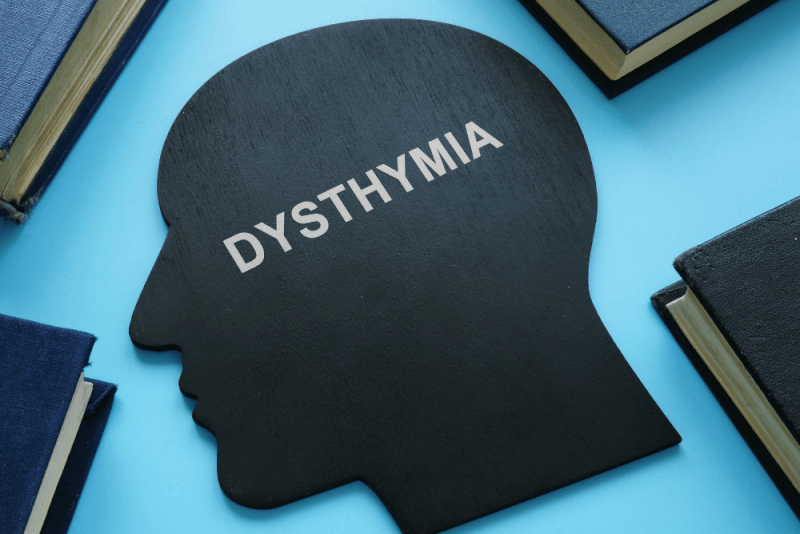30 Second Summary
- Attention deficit hyperactivity disorder (ADHD) is a neurodevelopmental disorder characterized by impulsivity, inattention and hyperactivity.
- It is a disease that can start in childhood and continue into adulthood.
- Although the exact causes are unknown, a combination of genetic, environmental and biological factors are thought to play a role.
- Treatment requires a combination of medication, behavioral therapy and educational support.
The general definition of hyperactivity is a state of being abnormally and unusually active. The brain and behavior are affected. ADHD, which occurs in the womb, has an impact on brain development and the nervous system. It is also a neurodevelopmental disorder that causes emotional problems.
ADHD, which can first be diagnosed in early childhood, is diagnosed when children exhibit overactive and inattentive behaviors compared to their peers. The conclusion to be drawn from this is that not all active children have ADHD.
Attention Deficit in Adults
ADHD, a neuro-psychiatric disorder, is a disease that affects patients' home, work and social lives. The main symptoms include impulsivity, inattention and hyperactivity, but patients do not need to have all three symptoms at the same time or at the same level. While ADHD in childhood is higher in males, this rate is similar in ADHD patients in adulthood. There are three different subtypes. These are hyperactivity and impulsive subtype, attention deficit subtype and combined subtype.
Symptoms of attention deficit in adults
Symptoms of ADHD in adults include the following:
- When they are spoken to about a topic, they often appear not to be interested or not listening,
- They often forget appointments,
- They constantly lose things like keys, wallets or phones,
- They have difficulty finishing their tasks,
- They have irregular work habits,
- They have difficulty sustaining their attention on a topic,
- For them, even the smallest distractions can be a reason to leave their work unfinished,
- They do their work in a sloppy and careless way,
- The quality of their social relationships is low and they have serious difficulty in sustaining them,
- They have problems with problem solving,
- They are not able to organize and manage their time successfully and have problems in these areas,
- They have difficulty paying attention to what they are doing,
- They constantly make mistakes,
- They get bored quickly,
Attention deficit in children
ADHD, which is seen in rates ranging between 5% and 7% in the society, starts in early childhood. The likelihood of ADHD persisting into adulthood varies between 60% and 70%. ADHD in children has symptoms in 3 different areas. The symptoms of ADHD, which has both neurodevelopmental and neurobehavioral features, are as follows.
Symptoms of Attention Deficit in Children
ADHD symptoms in children are categorized under 3 main headings: impulsivity, attention deficit and hyperactivity.
Symptoms of Impulsivity
- Not being able to control reactions,
- Not waiting in line,
- Acting in haste,
- Acting without thinking,
- Being impatient,
- Demanding and imposing that their demands be met immediately,
Symptoms of Hyperactivity
- Do not interrupt the other person,
- Difficulty listening,
- Pronouncing words incorrectly,
- Not being able to connect sentences with each other,
- Talking fast,
- Constant movement of the hands and feet, even when sitting,
- Not being able to stay in place,
- Being too active,
Symptoms of Attention Deficit
- Making mistakes often,
- Failure to follow simple instructions,
- Constantly losing personal belongings,
- Difficulty listening to what is being said,
- Forgetfulness
- Failure to see the details,
- Don't get bored quickly,
- Inability to continue the same activity for a long time,
- Failure to make eye contact,
- Inability to sustain attention,
- Difficulty focusing,
How is attention deficit diagnosed?
There is no meaningful and simple test to diagnose ADHD. Therefore, in order to be diagnosed, the school, work or social life of adults or children must be affected. From this point on, a diagnosis of ADHD can be made by a psychiatrist and after various detailed tests.
In a patient with ADHD, a physical examination is also necessary to rule out physical causes of the complaints. In addition to all these, the family history and the patient's work and school situation should also be taken into consideration for the diagnosis. In some patients, information from other relatives of the patient may also be required for a definitive diagnosis.
When it comes to children, they may show behaviors similar to ADHD symptoms, especially when they cannot express themselves verbally. For this reason, diagnosing ADHD is a challenging process. However, it is important that patients start their treatment as soon as they are diagnosed.
Causes of attention deficit and hyperactivity
Although there are many studies on ADHD, the exact cause has not yet been identified. For this reason, it is thought to be caused by a combination of many reasons. Statistically, the rate of patients with a family history of ADHD is 75%. However, passing on these genes from only one of the parents is not enough to make them visible. Therefore, it is concluded that there are many different factors.
On the other hand, some studies on ADHD patients have shown that some parts of their brains are larger or smaller than normal. For this reason, this change in patients is thought to be effective on ADHD.
Another result of research on ADHD is that there are differences in some chemicals involved in the functioning of the brain. The higher concentration of these chemicals is also seen as one of the causes of ADHD.
In addition to these results, the risk of ADHD is increased in people born prematurely, people with epilepsy and people who have experienced brain trauma at any time in their lives.
How is attention deficit hyperactivity disorder treated?
ADHD is a disorder with symptoms in three different areas. The weights of these areas differ in patients. It is therefore important to first identify the areas in which patients need help. The most important aspect of treatment, especially in children, is the care and attention of parents and teachers.
As in other behavioral disorders, the use of reinforcers in ADHD patients constitutes another pillar of treatment. For this reason, all good behaviors of ADHD patients should be rewarded. In this way, negative behaviors can be reduced.
Children who have problems in their educational life due to behavioral disorders should be supported in this area. Another way to ensure that they are more successful in their education is to help them develop their self-confidence.
Medications play an important role in the treatment of ADHD. Medications prescribed by specialists help patients to control their impulses more easily and to concentrate. For the treatment of ADHD patients, all these treatment methods should be applied together and correctly.










